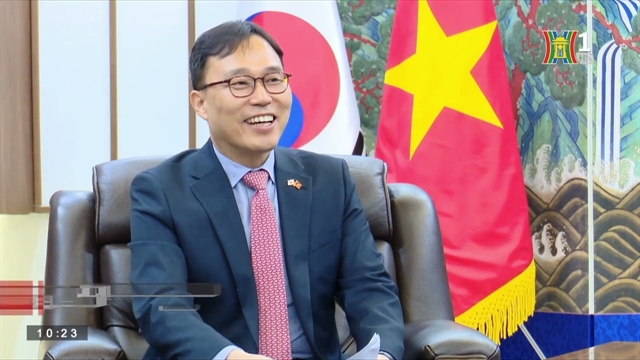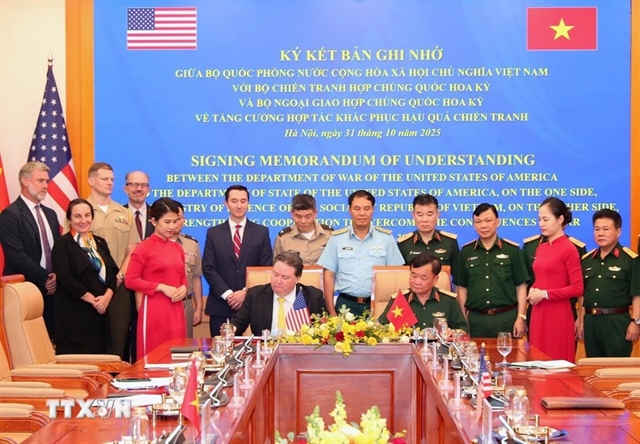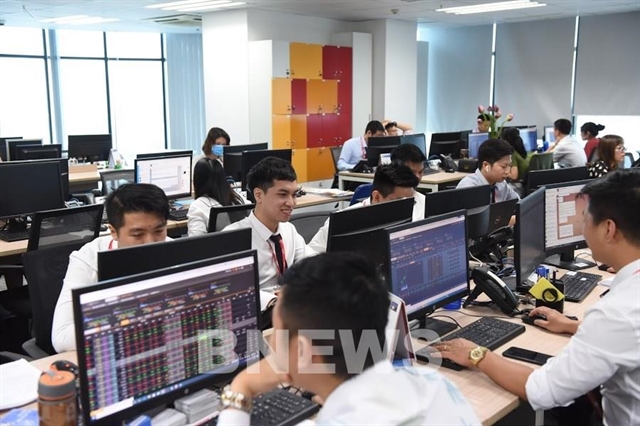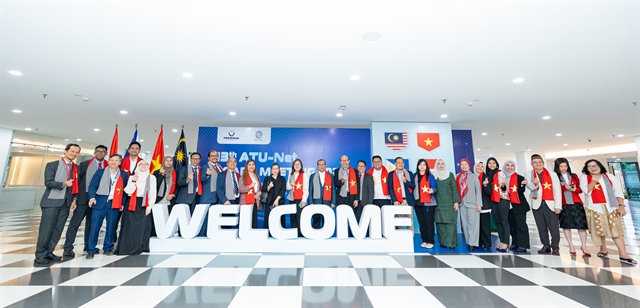 Opinion
Opinion


|
| Nguỵ Thị Khanh |
Despite having 3,000km of coastline with up to 2,700 hours of sunlight a year, the development of the renewable energy industry in Việt Nam is yet to meet its potential. Director of the Green Innovation and Development Centre Ngụy Thị Khanh speaks with the Vietnam News Agency on the issue.
What’s your take on the need to shift to renewable energy?
In my opinion and through results found in research, we need to move on to renewable energy sources quickly for a number of reasons.
We have seen a spike in demand for energy in recent decades, yet our reserves of fossil fuels and hydropower are running dry, not to mention adverse environmental and societal effects those energy sources may bring about.
Also, given current technologies, we are presented with opportunities to not only meet with the country’s energy demand but also minimise adverse impacts on the environment and achieve a number of sustainable development goals.
Why is Việt Nam lagging behind in developing renewable energy despite its advantages?
Several factors affect our ability to realise our full potentials, such as policies, financial capacity, human resources and market demand. Việt Nam has come up with sound policies but there are difficulties in implementing them we have yet to overcome.
While many investors are showing interest in Việt Nam’s renewable energy market, technical barriers remain within the country’s investment framework that drives investment cost up. We must also understand returns are top priorities for investors and they will only commit when they see stability in our policies and their investments are protected.
What can we learn from renewable energy development models around the world?
During the last few years, countries around the world are seeing renewable energy as opportunities, much different from the past. Technological development has helped cut costs and eliminate limitations.
Việt Nam is in a favourable position to adopt renewable energy but a well-coordinated effort is required from policy-making to implementation, land use management, technology development and removing investment barriers.
A recent survey shows up to 30 per cent of renewable energy costs were associated with red-tape, this is something the State and policymakers must quickly address.
There have been concerns that renewable energy is yet to be a reliable source of energy, unable to maintain supply on a 24/7 basis. How can we address this shortcoming?
Renewable energy can be broken down into different categories. Some are dependent on weather conditions such as solar energy and wind energy. Waste-to-energy based, thermal and biogas, however, are not weather-dependent. The key to maintaining stable supply is to find a way to integrate different types of renewable energy in our power supply system. Technically speaking, it isn’t a problem anymore but our challenge is how to employ and manage such a system to minimise cost. — VNS




